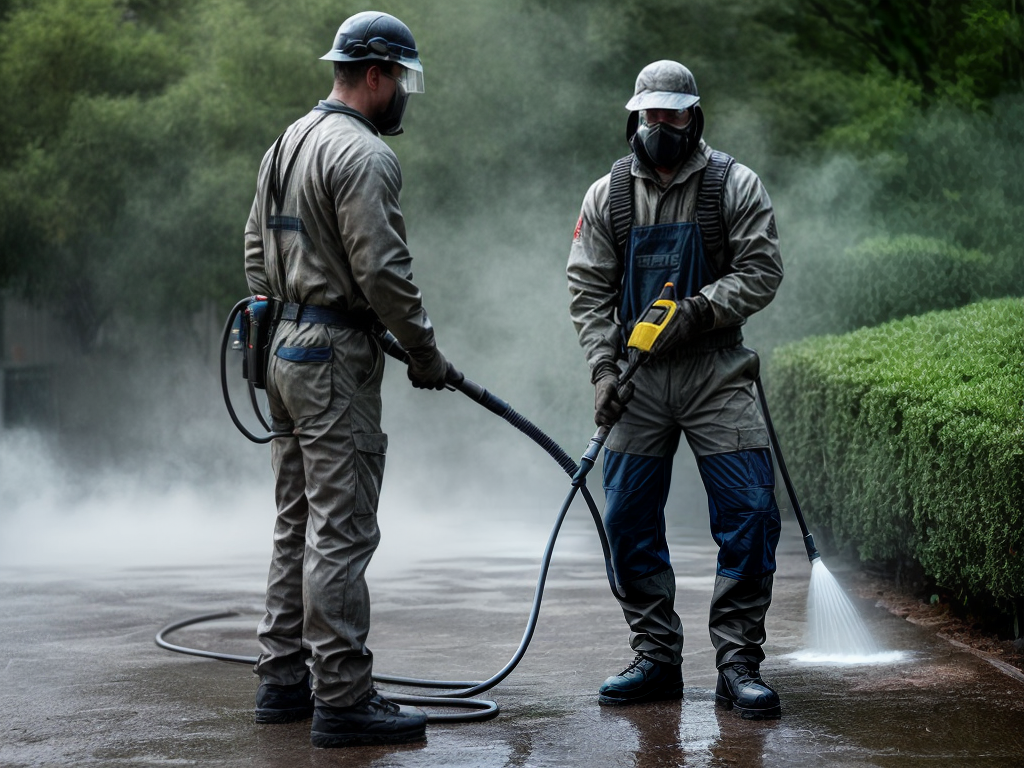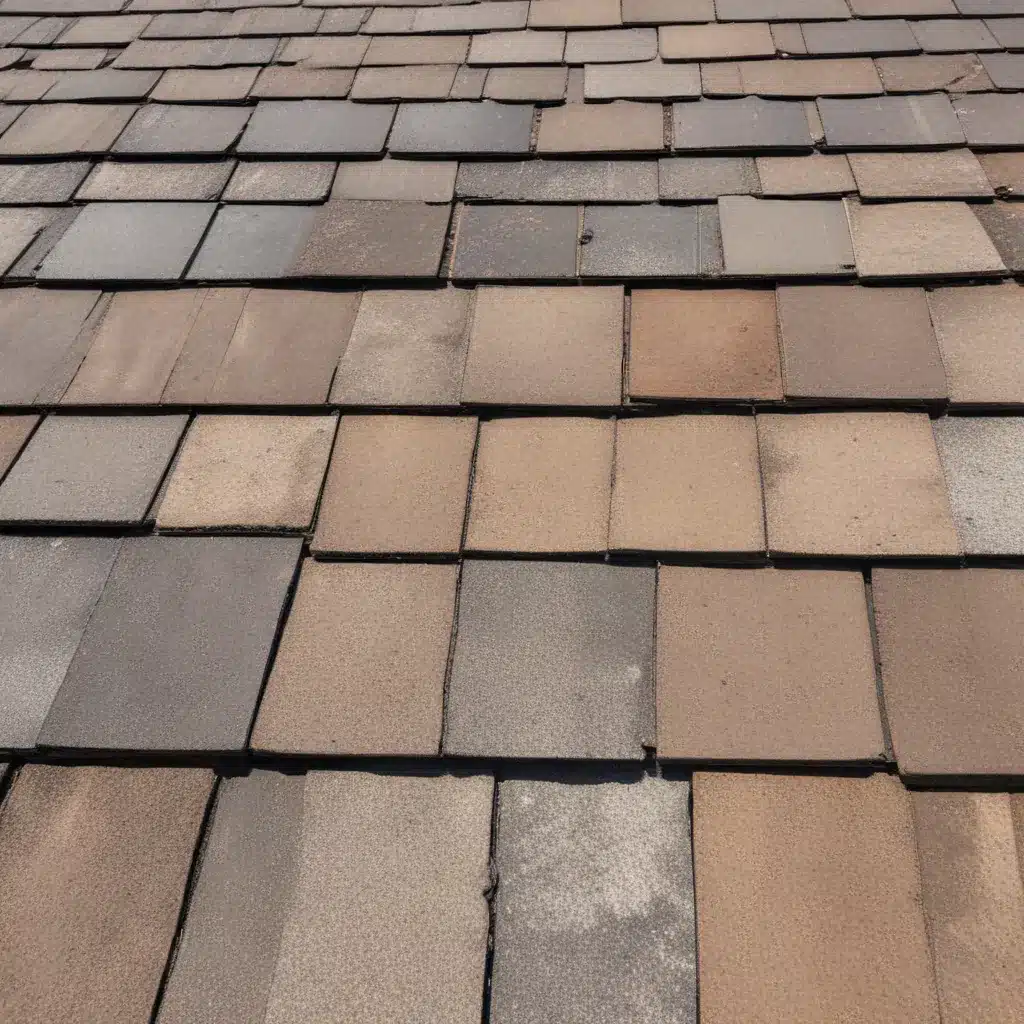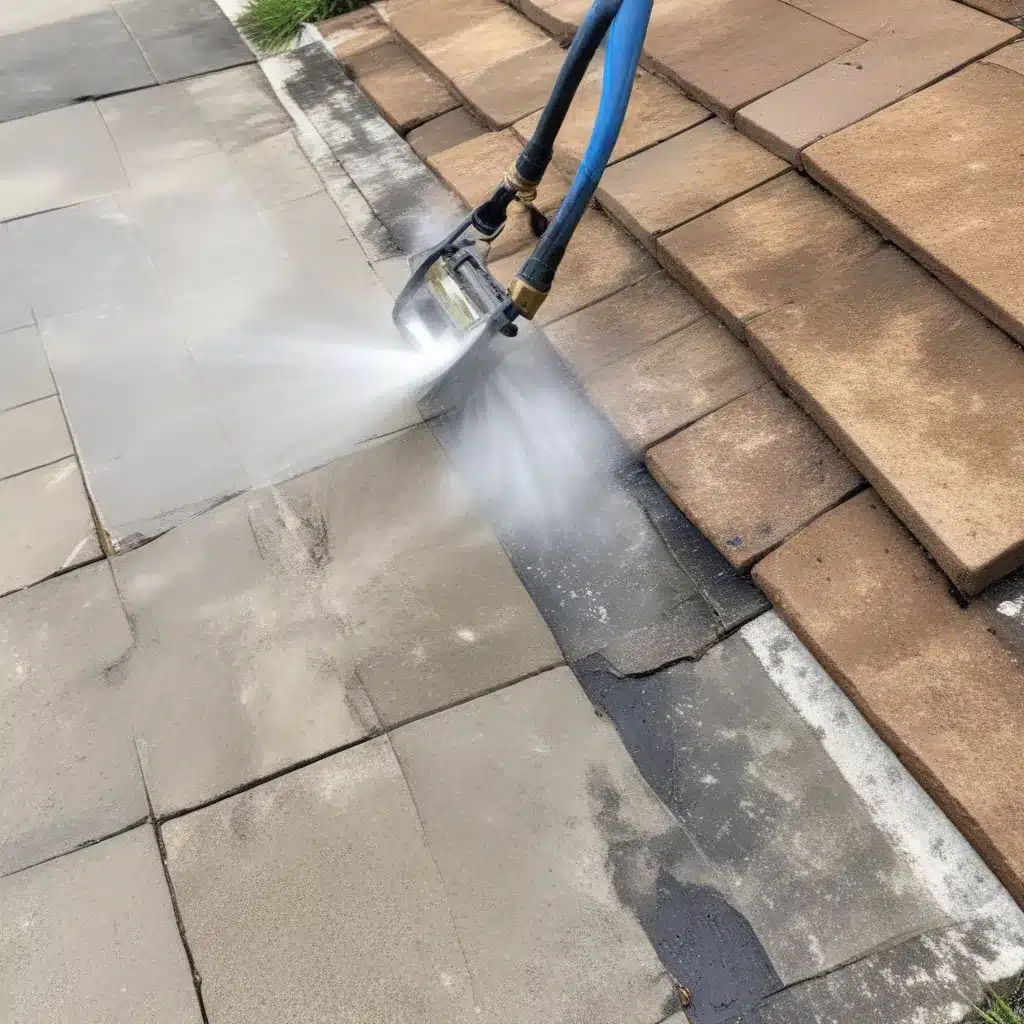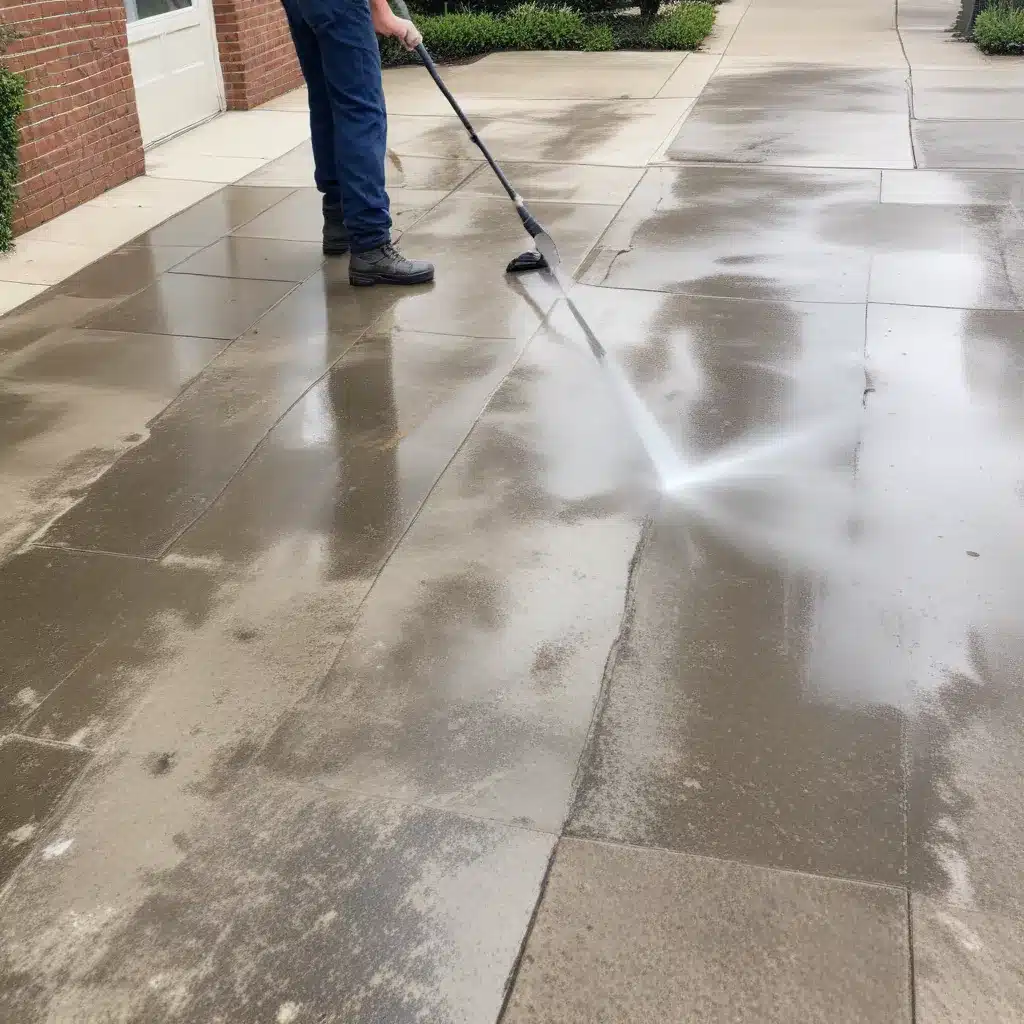
Inspecting your pressure washer’s equipment before each use can prevent unexpected accidents. However, there are more crucial safety aspects to consider when operating these powerful machines. From controlling water pressure to wearing the right protective gear, these top 5 pressure washing safety tips will ensure a secure environment for both you and your surroundings. Let’s delve into the first key point: Proper Equipment Inspection.
Key Takeaways
- Regularly inspect equipment for damage and wear to prevent accidents.
- Adjust water pressure appropriately for different surfaces to avoid damage.
- Wear proper protective gear like goggles and gloves when handling chemicals.
- Ensure electrical safety by using GFCI outlets and keeping cords dry to prevent shocks.
Proper Equipment Inspection
Before beginning any pressure washing job, I always make sure to thoroughly inspect the equipment for any signs of damage or wear. Preventative maintenance is key to avoiding unexpected malfunctions that could turn a simple cleaning task into a messy disaster. Checking for frayed cords, leaks, or worn-out nozzles might seem tedious, but trust me, it’s a lot less tedious than cleaning up a spray of water and soap all over yourself because of a busted hose.
Being aware of potential hazards is crucial. I once skipped inspecting the equipment and ended up in a cartoon-like situation with water squirting everywhere except on the surface I wanted to clean. Lesson learned the soggy way! By taking a few moments to check everything over, you can save yourself from slipping on a wet surface or getting sprayed unexpectedly.
Mindful Water Pressure Control
To achieve optimal results and ensure safety during pressure washing, it is essential to maintain mindful control over the water pressure settings. When using a pressure washer, it’s crucial to adjust the pressure according to the surface you are cleaning. Higher pressure is not always better; sometimes a gentler touch is all you need. By being mindful of the water pressure, you can prevent damage to delicate surfaces while still effectively removing dirt and grime.
Moreover, water conservation is key. Running a pressure washer at full blast not only risks surface damage but also wastes water. Being mindful of the pressure settings allows you to use just enough water to get the job done efficiently, reducing water wastage and minimizing the environmental impact.
Adequate Personal Protective Gear
Wearing adequate personal protective gear is essential for ensuring safety while pressure washing. Proper ventilation is crucial to avoid inhaling harmful fumes or chemicals used in cleaning solutions. Additionally, wearing slip-resistant footwear can prevent accidents caused by slippery surfaces. It’s important to protect yourself from potential hazards, so don’t skimp on safety gear!
When pressure washing, make sure to wear safety goggles to shield your eyes from flying debris or splashing water. Gloves are also a must to protect your hands from chemicals and sharp objects. A long-sleeved shirt and pants can prevent skin irritation from cleaning agents.
Caution Around Electrical Outlets
When pressure washing, always exercise caution around electrical outlets to prevent the risk of electric shock or damage to equipment. Outlet awareness is crucial, so here are some tips to stay safe:
- Check for Outlet Covers: Make sure all outlets near the work area have covers to prevent water from entering.
- Use GFCI Outlets: If possible, plug your pressure washer into a Ground Fault Circuit Interrupter (GFCI) outlet for added protection.
- Keep Cords Dry: Avoid letting the power cord come into contact with water to reduce the risk of electrical shock.
- Inspect Cords Regularly: Look for any signs of damage on the cords before each use to prevent power hazards.
- Stay Grounded: Always ensure the pressure washer is properly grounded to prevent electrical safety issues.
Safe Handling of Chemicals
Handling chemicals safely during pressure washing is essential to prevent accidents and ensure effective cleaning results. When it comes to proper chemical dilution, it’s crucial to follow the manufacturer’s instructions to avoid damaging surfaces or harming yourself. Always wear protective gear like gloves and goggles to shield yourself from any potential splashes or fumes. Additionally, never mix cleaning agents unless specified by the product label, as this can create dangerous reactions.
| Safety Tip | Description |
|---|---|
| Follow Dilution Guidelines | Properly dilute chemicals to the recommended concentration to maximize cleaning effectiveness. |
| Wear Protective Gear | Always use gloves and goggles when handling chemicals to protect your skin and eyes. |
| Avoid Mixing Chemicals | Do not mix different cleaning agents unless directed, as it can produce harmful reactions. |
| Hazardous Waste Disposal | Dispose of any leftover or unused chemicals properly following local hazardous waste guidelines. |






